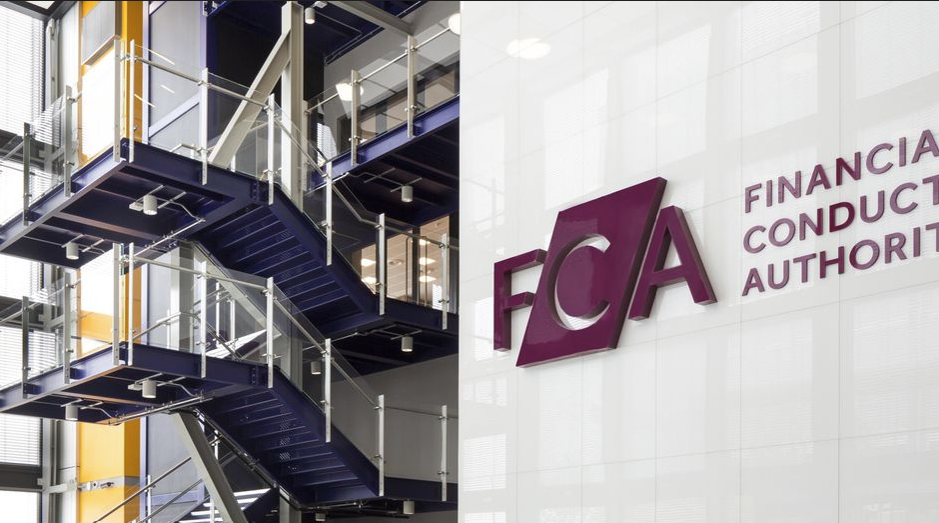Client due diligence (CDD) is a process that businesses and financial institutions use to assess and understand their customers or clients to ensure they are engaging in legitimate and lawful transactions. It is a fundamental part of anti-money laundering (AML) and know your customer (KYC) compliance efforts. The primary goal of CDD is to prevent financial institutions from being used for money laundering, terrorist financing, fraud, and other illicit activities.
Key Steps in Client Due Diligence(CDD)
CDD typically involves several key steps:
Customer Identification
This is the first step where the institution identifies and verifies the identity of the customer. It involves collecting information such as the customer’s name, date of birth, address, and, in some cases, official identification documents like a passport or driver’s license.
Risk Assessment
After identifying the customer, financial institutions assess the risk associated with that customer. Some customers, such as individuals with a higher net worth or those from high-risk jurisdictions, may pose a higher risk and require more extensive due diligence.
Ongoing Monitoring
CDD is not a one-time process. Institutions are expected to continuously monitor their customers’ transactions and activities to detect any unusual or suspicious behavior.
Beneficial Ownership Identification
In some cases, it’s important to determine the beneficial owners of a customer, especially in cases of corporate clients. This helps to understand the individuals who ultimately control or benefit from a business relationship.
Enhanced Due Diligence (EDD)
EDD is used when a customer is deemed to be of higher risk. It involves more thorough investigation and monitoring of the customer’s activities.
Record-Keeping
Financial institutions are required to keep detailed records of their CDD efforts and the information they collect.
Brief Overview of the History and Development of Client Due Diligence (CDD)
The concept of Client Due Diligence (CDD) has evolved over time as a response to the need for businesses and financial institutions to prevent illegal activities such as money laundering and terrorist financing. Here is a brief overview of the history and development of CDD:
Early Anti-Money Laundering Efforts
The origins of CDD can be traced back to the mid-20th century when governments and international organizations recognized the need to combat money laundering. The first international efforts to address money laundering began with the creation of the Financial Action Task Force (FATF) in 1989.
The 1990s: Emergence of KYC
In the 1990s, the “Know Your Customer” (KYC) concept gained prominence. KYC was a response to the increasing complexity of financial transactions and the need to establish a customer’s identity and assess the risk they posed. The KYC process formed the foundation for CDD.
USA PATRIOT Act (2001)
In the aftermath of the 9/11 terrorist attacks, the USA PATRIOT Act was passed in the United States in 2001. This legislation introduced more stringent requirements for financial institutions to identify and verify the identities of their customers. It also emphasized the need for enhanced due diligence for high-risk clients.
European Union’s AML Directive (2005)
The European Union issued its first Anti-Money Laundering (AML) Directive in 1991 and later revised it in 2001. The 2005 directive reinforced the importance of CDD and required businesses to establish customer identities, keep records, and report suspicious transactions.
Financial Crisis and Global Standards
The 2008 financial crisis and subsequent international financial instability further underscored the need for comprehensive CDD practices. International standards, as set by FATF, became widely adopted, with many countries implementing their own AML and CDD regulations based on FATF recommendations.
Technological Advances
The 21st century has witnessed significant advances in technology, enabling the automation of many aspects of CDD through electronic identity verification (eIDV) and other digital tools. This has made the CDD process more efficient and accurate.
Ongoing Evolution
CDD requirements continue to evolve and become more stringent, with a growing focus on beneficial ownership identification, risk assessment, and the use of advanced analytics and artificial intelligence to detect suspicious activities.
Today, CDD is an integral part of the global efforts to combat financial crimes, and it is mandated by numerous national and international regulations. Financial institutions, businesses, and service providers are expected to maintain robust CDD programs to ensure that they are not unknowingly facilitating illegal activities and to comply with legal and regulatory obligations. The history of CDD reflects the ongoing efforts to adapt to an ever-changing financial landscape and to address the challenges posed by financial crime.
In addition to the legal and regulatory aspects, CDD also contributes to maintaining the reputation and integrity of a business or financial institution by showing a commitment to ethical and responsible business practices.
FAQ’s on Client Due Diligence (CDD)
Here are some frequently asked questions (FAQs) on Client Due Diligence (CDD):
What is Client Due Diligence (CDD)?
CDD is a process used by businesses and financial institutions to verify the identity of their customers, assess the risks associated with those customers, and ensure compliance with anti-money laundering (AML) and know your customer (KYC) regulations.
Why is CDD important?
CDD is crucial for preventing money laundering, terrorist financing, fraud, and other illegal activities. It helps businesses and financial institutions maintain compliance, protect their reputation, and reduce legal and financial risks.
What information is typically collected during CDD?
Information collected during CDD includes the customer’s name, date of birth, address, and official identification documents such as a passport or driver’s license. For corporate clients, beneficial ownership information is also required.
What is Enhanced Due Diligence (EDD)?
EDD is a more thorough form of due diligence applied to higher-risk customers. It involves additional investigations, more detailed background checks, and ongoing monitoring.
What are the legal and regulatory requirements for CDD?
CDD requirements vary by jurisdiction, but many countries have AML laws and regulations that mandate CDD. For example, in the United States, the USA PATRIOT Act sets forth requirements for CDD.
Can CDD be automated?
Yes, CDD can be automated using various technologies like electronic identity verification (eIDV) and artificial intelligence. These tools can streamline the process, making it more efficient and accurate.
What is the role of beneficial ownership in CDD?
Beneficial ownership information helps identify the individuals who ultimately control or benefit from a business relationship. It’s essential to understand who the true owners are, especially in corporate structures, to prevent hidden or illicit interests.
How often should CDD be performed?
The frequency of CDD may vary depending on the risk assessment and regulatory requirements. Typically, it is performed at the beginning of a business relationship and periodically reviewed, with higher-risk clients requiring more frequent reviews.
What happens if a customer fails CDD?
If a customer fails to provide the necessary information or raises suspicion during CDD, businesses may choose to terminate the relationship, report the issue to relevant authorities, or conduct further investigations.
How does CDD impact customer privacy?
CDD involves collecting sensitive personal information, so it’s important for businesses to have robust data protection and privacy policies in place to safeguard customer data and comply with data protection laws like GDPR (General Data Protection Regulation) in the European Union.
Is CDD limited to financial institutions?
While CDD is commonly associated with financial institutions, it is not limited to them. Many businesses across various industries, including real estate, legal services, and gaming, are required to perform CDD as part of their AML and KYC obligations.
What is the role of international standards, like FATF, in CDD?
International standards, such as those set by the Financial Action Task Force (FATF), provide guidelines and best practices for CDD and AML. Many countries adopt these standards to harmonize their CDD requirements with global norms.
Remember that CDD requirements can vary significantly by jurisdiction, so it’s essential to stay informed about the specific regulations that apply to your business or financial institution to ensure compliance.













